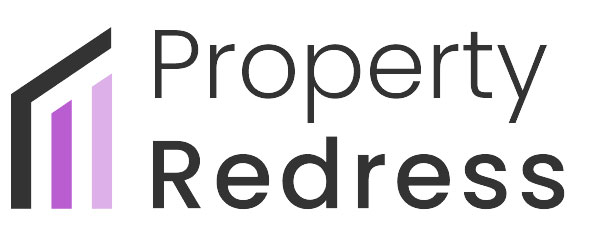In England and Wales, homeownership is classified into three types. These three types are freehold, leasehold, and commonhold (which is essentially a variation of freehold ownership).
Understanding the distinctions among these types of homeownerships is critical, especially for those who plan to buy a property. This blog post will delve into the definitions of freehold, leasehold, and commonhold, as well as the importance of understanding the expenses and obligations associated with each one.
Freehold
Freehold is a term used to describe the complete ownership of a property and the land on which it is situated. As the owner or freeholder, one is responsible for the overall management and maintenance of the property, including its internal and external components, as well as the surrounding land. This responsibility also extends to the building’s insurance.
A freeholder possesses the authority to construct a building, be it a single house or a multi-story apartment complex, on their land.
Freehold houses are often situated in private estates, where the upkeep of shared spaces falls to the property owner through a regular estate rent charge. This charge is typically levied on residents of more recent developments and covers the maintenance of communal areas, such as private roads, landscaped gardens, electrical gates, street lighting, refuse areas, and sewage pumps.
Benefits of owning a freehold
Freehold property ownership offers complete control and ownership of both the property and the land it sits on, with no ground rent to pay. Freehold properties tend to be more valuable and easier to sell than leasehold properties, with lower service charges and greater flexibility for making changes or improvements.
Leasehold
Leasehold ownership refers to the ownership of a property, except for the land on which it is situated, for a set period, as governed by a lease agreement provided by the freeholder or landlord. The freeholder retains ownership of the land and is responsible for the property’s external structure and communal areas. The landlord can be an individual, company, local authority, or a housing association.
When a buyer and landlord enter into a lease agreement, the buyer holds conditional ownership of the property for a fixed term, as outlined in the agreement. Typically, leases are 99 or 125 years, but they can be as long as 999 years. The leaseholder is granted the right to occupy the property, but ownership technically returns to the freeholder once the lease expires. The lease can place conditions on the use and occupation of the property, making it crucial for the leaseholder to understand the terms.
Leasehold ownership commonly applies to flats, apartments, maisonettes, and sometimes houses. The leaseholder is responsible for all assets within the walls of their property and contributes to the building’s running costs, including maintenance and management of communal areas, by paying a service charge to the freeholder/landlord or appointed managing agent. The details of chargeable items and payment proportions are noted in the lease.
Modern leases may provide for a management company, such as a Resident’s Management Company (RMC), to take on the freeholder/landlord’s management obligations, with leaseholders collectively owning and running the company. Leaseholders may apply to become RMC directors and share responsibility for maintaining and managing the property. The RMC may engage a managing agent to provide management support. If you would like to talk to one of our property managers, please don’t hesitate to get in touch.
Leaseholders may collectively purchase the freehold of their building, becoming their own landlords, through a process called Collective Enfranchisement.
Benefits of leasehold
Owning a leasehold property can be beneficial for its affordability, lower maintenance costs, shared costs, community living, security, and access to amenities. However, it’s important to be aware of potential drawbacks such as restrictions, leasehold charges, and lease extension issues. It’s crucial to understand the lease terms and seek professional advice before buying a leasehold property.
What is the difference between leasehold and freehold?
Leasehold and freehold are two different types of property ownership. Freehold means you own the land and the building outright and leasehold means you own the right to use and occupy the property for a specific period of time. In general, freehold ownership provides more control and flexibility over the property, while leasehold ownership may offer a more affordable way to own a property but with more restrictions and obligations.
If you would like to know more about what we offer, please give us a call on 01323 894400.







